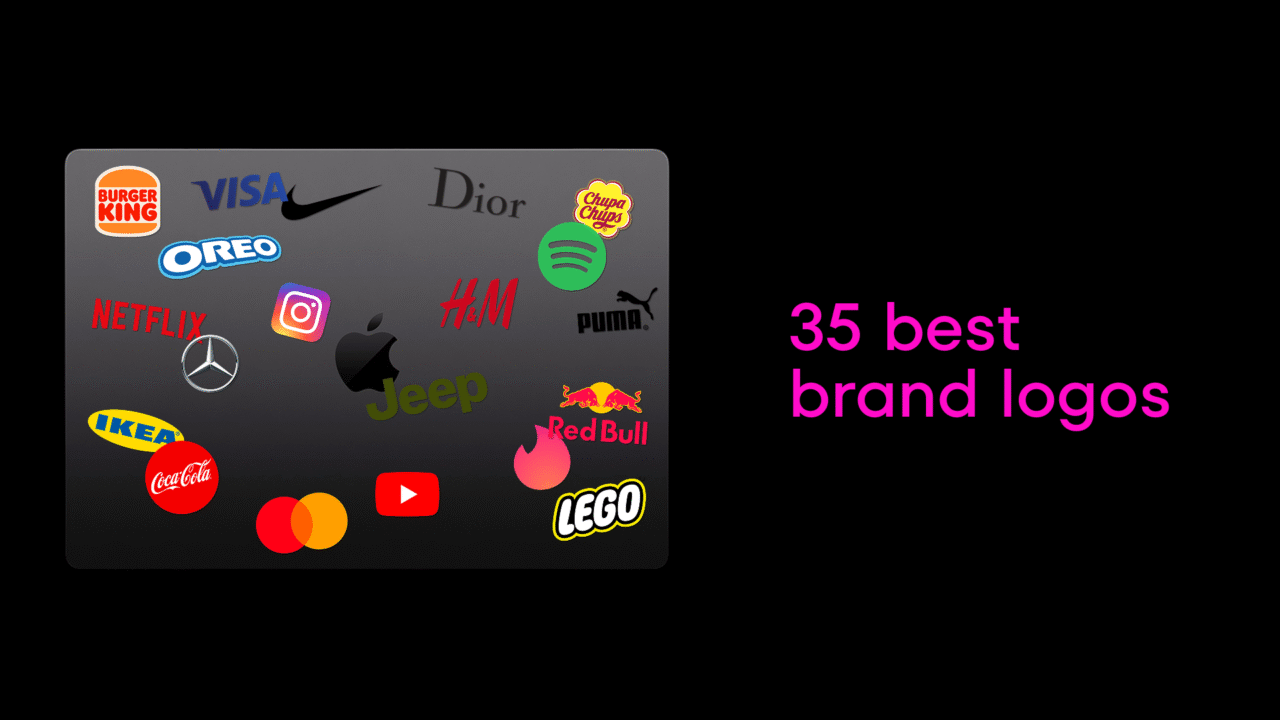In today’s interconnected world, brands are more than just products — they are cultural forces that shape how we live, communicate, and express ourselves. From tech giants and fashion houses to automotive legends and entertainment platforms, each brand carries a unique story, strategic vision, and public impact. A defining element of their identity is the logo — a visual signature that sets them apart in a crowded marketplace. All of these brands feature outstanding logos that not only distinguish them from competitors but also encapsulate their values, personality, and promise. This text explores the evolution of some of the most influential global brands, highlighting their origins, key actions, and the reactions they’ve sparked across society. Together, they reveal how commerce, creativity, and culture collide in the modern marketplace.
1. Nike
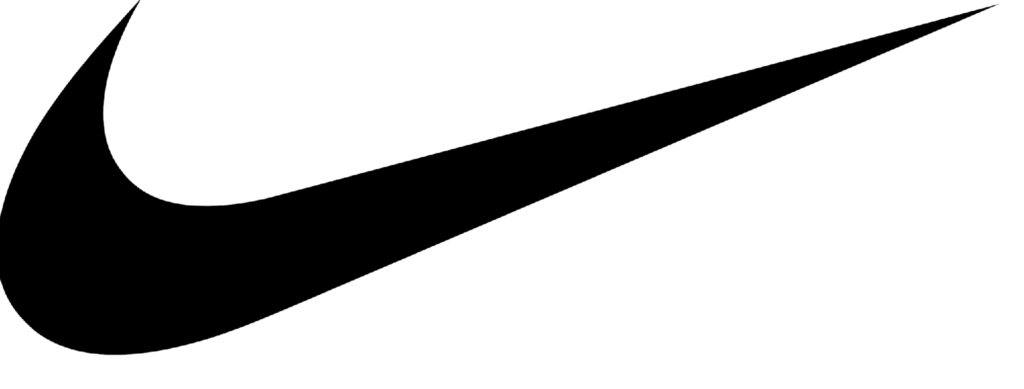
Backstory: Nike began in 1964 as Blue Ribbon Sports, founded by Phil Knight and his track coach Bill Bowerman. Initially importing Japanese running shoes, they rebranded as Nike in 1971, named after the Greek goddess of victory. The brand gained traction through innovation, athlete endorsements, and bold marketing — including the iconic “Just Do It” slogan launched in 19882.
What they did: Nike has consistently pushed boundaries with campaigns that blend sport, culture, and activism. Notably, their 2018 ad featuring Colin Kaepernick — “Believe in something. Even if it means sacrificing everything.” — sparked global conversation. They’ve also led in sustainability, launching initiatives like Move to Zero to reduce carbon and waste.
Public reaction: Nike’s bold moves often polarize. The Kaepernick ad led to both boycotts and record sales, with a $6 billion brand value boost. Their sustainability efforts and inclusive messaging have earned praise, especially among younger consumers, though critics sometimes accuse them of performative activism.
2. Olympic games
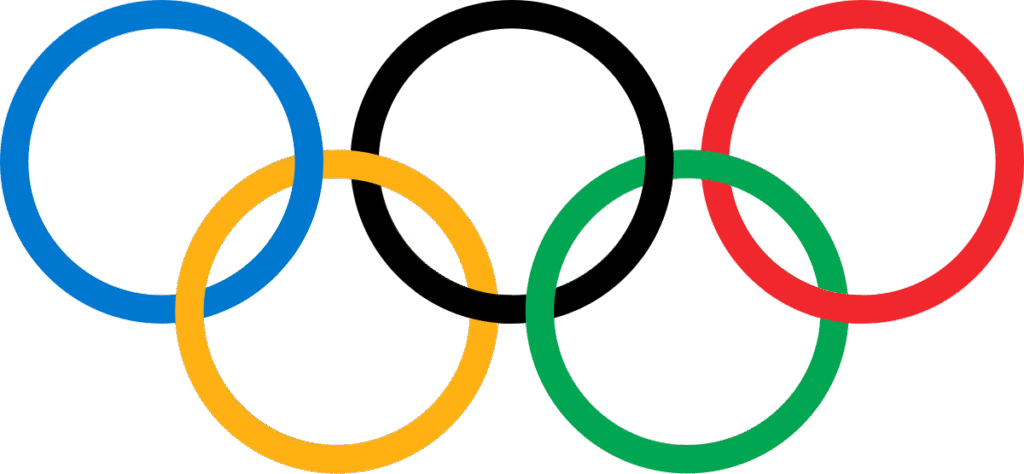
Backstory: The Olympic Games trace their origins to ancient Greece, revived in modern form in 1896 in Athens. Held every four years, they celebrate global unity through sport, featuring athletes from over 200 nations.
What they did: In recent years, the Olympics have embraced innovation and inclusivity. Tokyo 2020 (held in 2021 due to COVID-19) introduced new sports like skateboarding and surfing, emphasized sustainability with recycled medals and cardboard beds, and showcased digital engagement through virtual fan experiences. Paris 2024 is set to feature gender-balanced participation and events staged in iconic urban locations.
Public reaction: Public response is often mixed. While many celebrate the spectacle, athletic achievement, and global unity, others criticize the cost, environmental impact, and political controversies. Tokyo 2020 faced backlash over pandemic risks and empty stadiums, yet still drew admiration for athlete stories and technological execution. The Games continue to inspire millions while sparking debate about their evolving role in society.
3. Lego
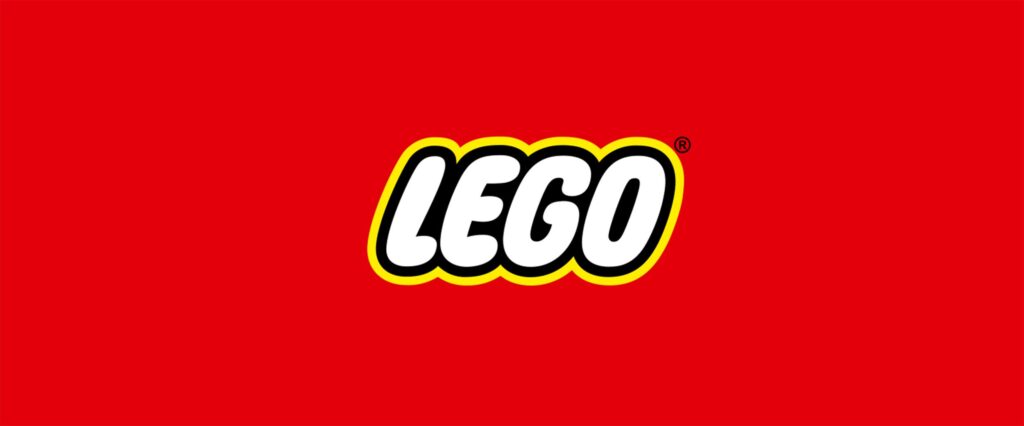
Backstory: Founded in Denmark in 1932 by Ole Kirk Christiansen, LEGO began as a wooden toy company before introducing its iconic plastic bricks in 1958. The brand grew into a global symbol of creativity, learning, and play, with a strong emphasis on imagination and modular design.
What they did: LEGO has consistently embraced cultural relevance and innovation. In recent years, they introduced Braille bricks to support visually impaired children. They’ve also committed to sustainability, aiming to make all bricks from recycled or bio-based materials by 2032.
Public reaction: LEGO’s initiatives have been widely praised. Their sustainability goals and educational outreach have strengthened their reputation as a socially responsible brand. The overall public response has been overwhelmingly supportive, reinforcing LEGO’s image as a progressive and family-friendly company.
4. IKEA
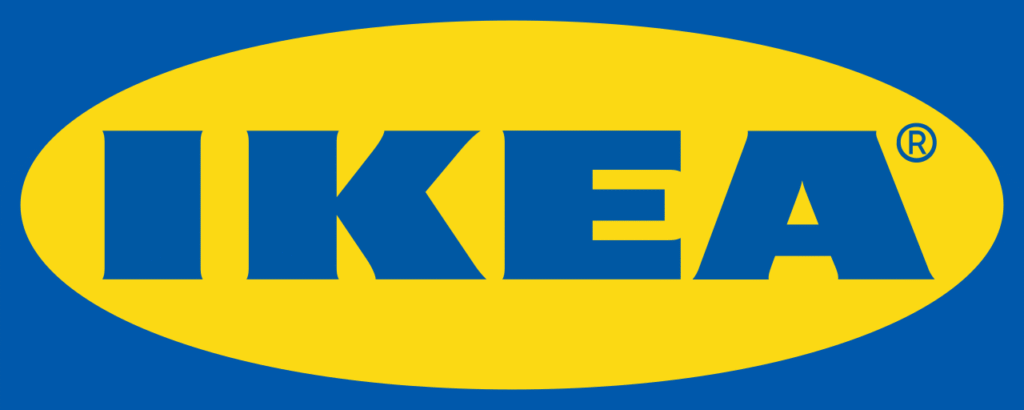
Backstory: Founded in Sweden in 1943 by Ingvar Kamprad, IKEA began as a mail-order business selling small household goods. It evolved into a global leader in affordable, flat-pack furniture and minimalist Scandinavian design. The brand is known for its DIY ethos, clever product names, and massive warehouse-style stores.
What they did: IKEA has made headlines for its sustainability efforts, social campaigns, and creative marketing. Notably, they launched the ThisAbles project in Israel — a line of 3D-printable furniture add-ons designed to make products more accessible for people with disabilities. They’ve also created refugee shelter kits with the UN, and introduced circular economy initiatives like furniture buy-back programs.
Public reaction: IKEA’s initiatives have generally received strong public support. The ThisAbles campaign was praised for its inclusivity and innovation. Their sustainability goals — including using only renewable or recycled materials by 2030 — have boosted their reputation among eco-conscious consumers. While some criticize the environmental impact of mass production, IKEA is widely seen as a brand trying to balance affordability with responsibility.
5. LG

Backstory: LG Corporation, originally founded as Lucky-Goldstar in South Korea in 1947, became known globally for its electronics, home appliances, and innovative technology. Over time, LG built a reputation for sleek design, user-friendly products, and pioneering advancements in display and smart home tech.
What they did: In recent years, LG has made headlines for bold innovation and sustainability. They introduced rollable OLED TVs, AI-powered appliances, and futuristic concepts like the LG CLOi robot line. In 2021, LG made a surprising move by exiting the smartphone market to focus on electric vehicle components, smart homes, and B2B tech. They’ve also committed to carbon neutrality and launched eco-friendly packaging initiatives.
Public reaction: The public response has been largely positive, especially toward LG’s cutting-edge TVs and smart appliances. Their exit from the smartphone business was met with mixed emotions — some lamented the loss of unique designs like the LG Wing, while others praised the strategic pivot. LG’s sustainability efforts and tech-forward vision continue to earn respect from consumers and industry watchers alike.
6. Coca-Cola

Backstory: Coca-Cola was created in 1886 by pharmacist John Pemberton in Atlanta, originally marketed as a medicinal tonic. Over the decades, it evolved into one of the most iconic global beverage brands, known for its red-and-white branding, classic glass bottle, and powerful advertising — from the “Share a Coke” campaign to its long-standing association with Santa Claus.
What they did: Coca-Cola has consistently used packaging and marketing to connect with culture. The Share a Coke campaign personalized bottles with names, sparking a global trend of social sharing. They’ve also embraced sustainability, pledging to make all packaging recyclable by 2025 and launching World Without Waste. In 2021, they introduced bottles made from 100% recycled plastic in select markets.
Public reaction: The public has responded enthusiastically to Coca-Cola’s personalized and nostalgic campaigns. Share a Coke boosted sales and social media engagement worldwide. Their sustainability efforts have been welcomed, though critics still challenge the brand’s role in plastic pollution. Overall, Coca-Cola remains a beloved brand with strong emotional resonance, even as it navigates growing pressure for environmental accountability.
7. Procter&Gamble

Backstory: Founded in 1837 by William Procter and James Gamble in Cincinnati, Ohio, P&G started as a soap and candle company. Over nearly two centuries, it grew into one of the world’s largest consumer goods corporations, owning household brands like Tide, Pampers, Gillette, and Olay. Known for its marketing prowess and product innovation, P&G has long shaped global consumer habits.
What they did: P&G has increasingly used its platform to address social issues. One notable campaign was The Talk (2017), which depicted Black parents discussing racism with their children. It was followed by The Look and Widen the Screen, initiatives aimed at challenging racial bias and promoting diverse storytelling. P&G also committed to sustainability, pledging to achieve net zero greenhouse gas emissions by 2040 and reduce plastic waste across its product lines.
Public reaction: The company’s social campaigns sparked both praise and controversy. Many applauded P&G for tackling difficult conversations and promoting inclusivity, while some critics accused the brand of politicizing advertising. Their sustainability efforts have been welcomed, though environmental groups continue to push for faster action. Overall, P&G is seen as a brand willing to evolve and engage with pressing global issues.
8. Chupa Chups
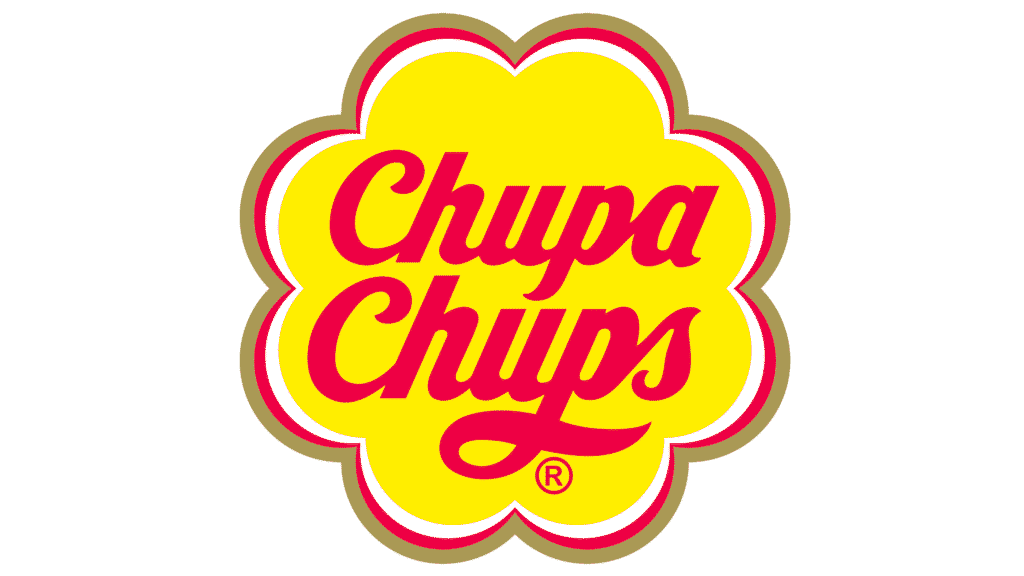
Backstory: Chupa Chups was founded in Spain in 1958 by Enric Bernat, who envisioned a candy that wouldn’t make children’s hands sticky — leading to the invention of the modern lollipop. The brand quickly expanded globally and became known for its playful image and iconic logo, which was designed by Salvador Dalí in 1969.
What they did: Chupa Chups has consistently leaned into pop culture and creative branding. They’ve launched limited-edition flavors, collaborated with fashion brands, and created collectible packaging. One standout move was their retro revival campaigns, which tapped into nostalgia and featured bold, colorful designs inspired by the 1990s and early 2000s.
Public reaction: The brand’s quirky and nostalgic approach has been widely embraced, especially by Gen Z and millennials. Collaborations and throwback designs sparked social media buzz and renewed interest in the brand. Chupa Chups is often praised for staying fun, fresh, and culturally relevant while maintaining its classic appeal.
9. Burger King
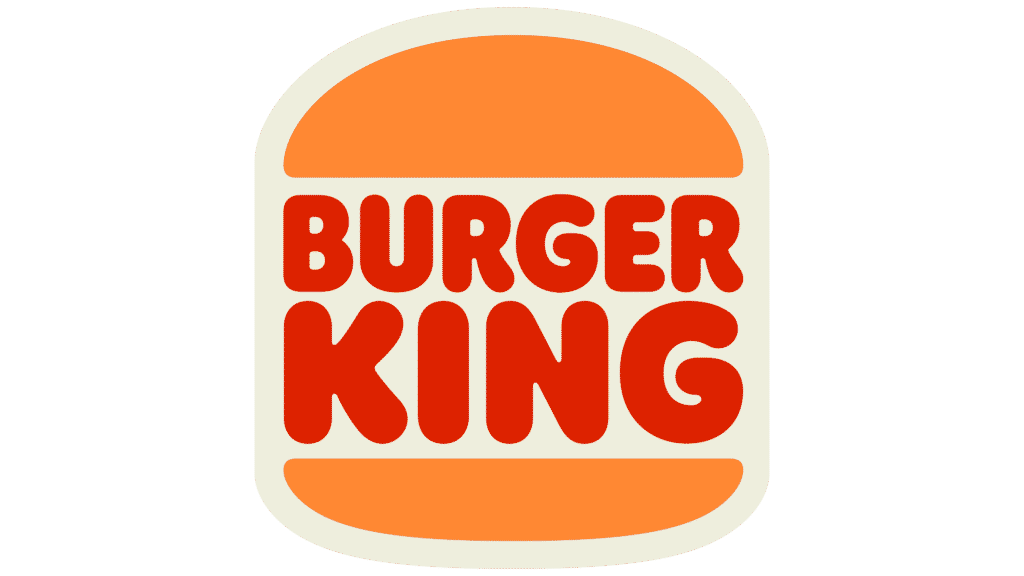
Backstory: Founded in 1954 in Miami, Florida, Burger King quickly became one of the world’s leading fast-food chains, known for its flame-grilled Whopper and bold, rebellious brand personality. Over the years, it has positioned itself as a challenger to McDonald’s, often using edgy marketing and humor to stand out.
What they did: Burger King is famous for provocative campaigns. One standout was “Moldy Whopper” (2020), which showed their flagship burger decaying over time to highlight the removal of artificial preservatives. Another was “Whopper Detour”, where users were offered a discounted Whopper if they ordered it while near a McDonald’s — using geolocation via the app.
Public reaction: Burger King’s bold marketing often sparks strong reactions. The Moldy Whopper campaign won awards for creativity but also grossed out some viewers. The Whopper Detour was widely praised for its clever use of tech and humor. Their social and environmental efforts have earned applause, though some critics question the depth of their commitments. Overall, Burger King is seen as a daring, disruptive brand that isn’t afraid to take risks.
10. BBC
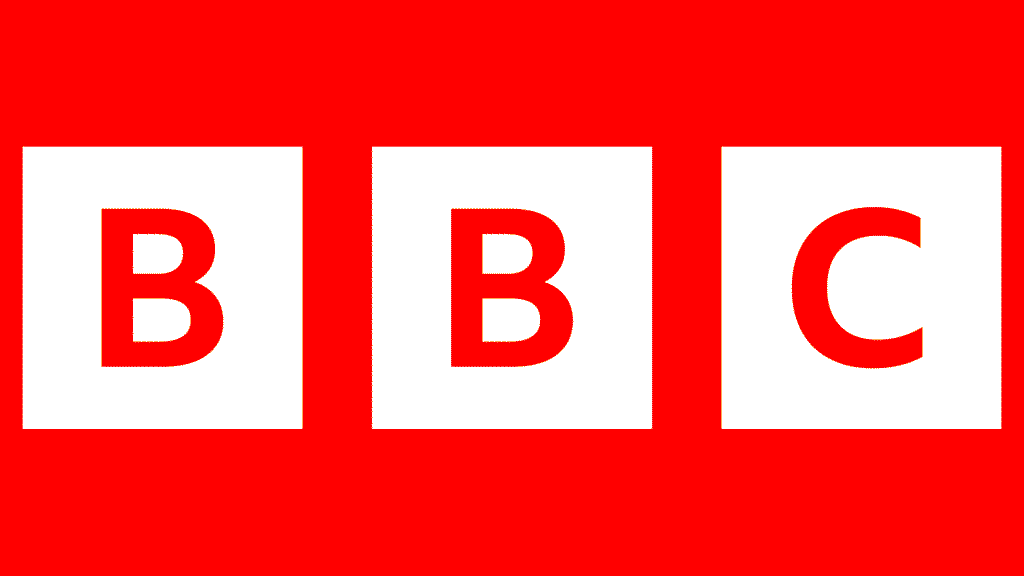
Backstory: The British Broadcasting Corporation (BBC) was founded in 1922 and became the world’s first national broadcaster. It’s publicly funded through a license fee paid by UK households, with a mission to inform, educate, and entertain. Over the decades, the BBC has grown into a global media powerhouse, known for its impartial journalism, cultural programming, and innovation in broadcasting.
What they did: The BBC has continually adapted to changing media landscapes. In recent years, it expanded its digital presence through BBC iPlayer, podcasts, and social media. It’s also taken steps toward greater diversity and inclusion, both on-screen and behind the scenes. Notably, the BBC has launched initiatives to combat misinformation and promote media literacy, including its “BBC Verify” project to fact-check viral content.
Public reaction: Public response to the BBC is often complex. Many praise its high-quality journalism, global coverage, and cultural contributions. However, it also faces criticism — from accusations of political bias to debates over the license fee model. Despite these tensions, the BBC remains one of the most trusted news sources worldwide and a cornerstone of British public life.
11. Spotify

Backstory: Founded in Sweden in 2006 by Daniel Ek and Martin Lorentzon, Spotify revolutionized music consumption by introducing a legal, user-friendly streaming platform. It launched globally in 2008 and quickly became the dominant force in digital music, offering millions of tracks on demand and pioneering personalized playlists like Discover Weekly and Wrapped.
What they did: Spotify has expanded beyond music into podcasts, audiobooks, and creator tools. It acquired podcast giants like Gimlet Media and Anchor, and signed exclusive deals with creators like Joe Rogan and Meghan Markle. The platform also introduced AI-powered features like DJ mode and real-time lyric syncing. In 2023, Spotify launched video podcasts and began testing voice translation for multilingual accessibility.
Public reaction: Spotify’s innovations have generally been well received, especially its personalized features and user experience. However, some moves — like the Joe Rogan deal — sparked controversy over content moderation and misinformation. Artists have also criticized Spotify’s royalty model, leading to ongoing debates about fair pay. Despite this, Spotify remains a cultural powerhouse, shaping how people discover and engage with audio content worldwide.
12. Oreo
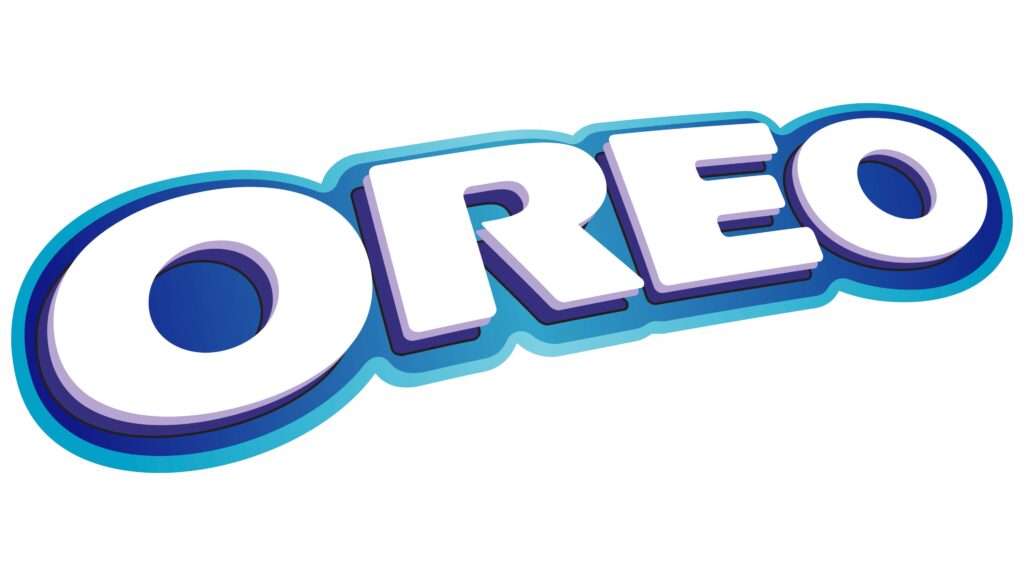
Backstory: Oreo was introduced in 1912 by the National Biscuit Company (now Nabisco) in the United States. Over the decades, it became the world’s best-selling cookie, known for its iconic black-and-white sandwich design and playful “twist, lick, dunk” ritual. Oreo has built a brand around fun, nostalgia, and constant reinvention.
What they did: Oreo is famous for its creative marketing and limited-edition flavors. One standout moment was its real-time tweet during the 2013 Super Bowl blackout: “You can still dunk in the dark.” It became a textbook example of agile marketing. Oreo has also embraced social causes, releasing rainbow-colored cookies in support of LGBTQ+ Pride and launching campaigns around diversity and inclusion. Their packaging often reflects these themes, turning the cookie into a canvas for cultural commentary.
Public reaction: Oreo’s playful and socially conscious campaigns have generally been met with enthusiasm. The Super Bowl tweet went viral and won awards. Fans continue to engage with Oreo’s flavor experiments and shareable packaging, reinforcing its image as a culturally savvy and emotionally resonant brand.
13. Tinder
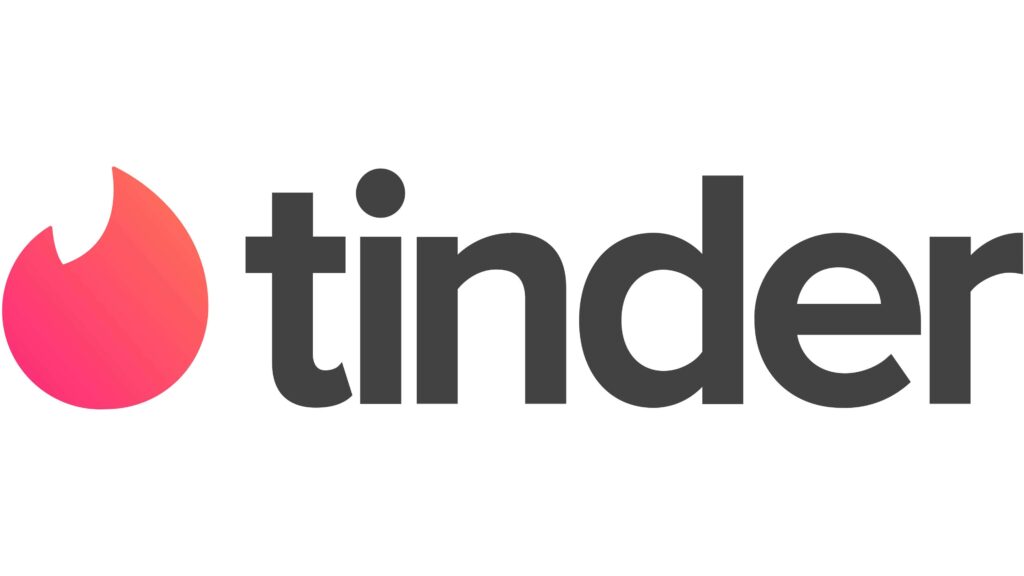
Backstory: Tinder was launched in 2012 by a group of entrepreneurs including Sean Rad and Jonathan Badeen. It revolutionized online dating with its swipe-based interface, making casual matchmaking fast, mobile, and gamified. The app quickly became a cultural phenomenon, especially among younger users, and helped normalize dating apps worldwide.
What they did: Tinder has continually evolved to reflect social trends. It introduced features like Smart Photos, Super Likes, and Tinder Passport for global swiping. In response to safety concerns, it added tools like photo verification, panic button, and background checks via partnerships.
Public reaction: Tinder’s impact has been massive but polarizing. Many praise its convenience and inclusivity, while critics argue it promotes superficiality and hookup culture. Safety features and social campaigns have been welcomed, though concerns about harassment and data privacy persist. Despite mixed views, Tinder remains one of the most influential dating platforms globally, shaping how millions connect.
14. Visa

Backstory: Visa began in 1958 as BankAmericard, a credit card program launched by Bank of America. It was rebranded as Visa in 1976 and grew into one of the world’s leading digital payment networks. Today, Visa operates in over 200 countries, facilitating secure transactions across credit, debit, and prepaid cards, as well as mobile and contactless payments.
What they did: Visa has consistently pushed the boundaries of financial technology. It’s invested heavily in contactless payments, biometric authentication, and crypto partnerships. Visa also launched Visa Everywhere Initiative, a global innovation program supporting fintech startups. In recent years, it’s focused on financial inclusion, helping underserved communities access digital payments, and committed to achieving net-zero emissions by 2040.
Public reaction: Visa is widely respected for its reliability and innovation. Consumers appreciate its global reach and security features, while businesses value its infrastructure. However, Visa has faced scrutiny over transaction fees and its role in shaping digital economies. Its efforts in sustainability and inclusion have been praised, though some critics call for deeper reforms in financial accessibility and transparency.
15. MasterCard
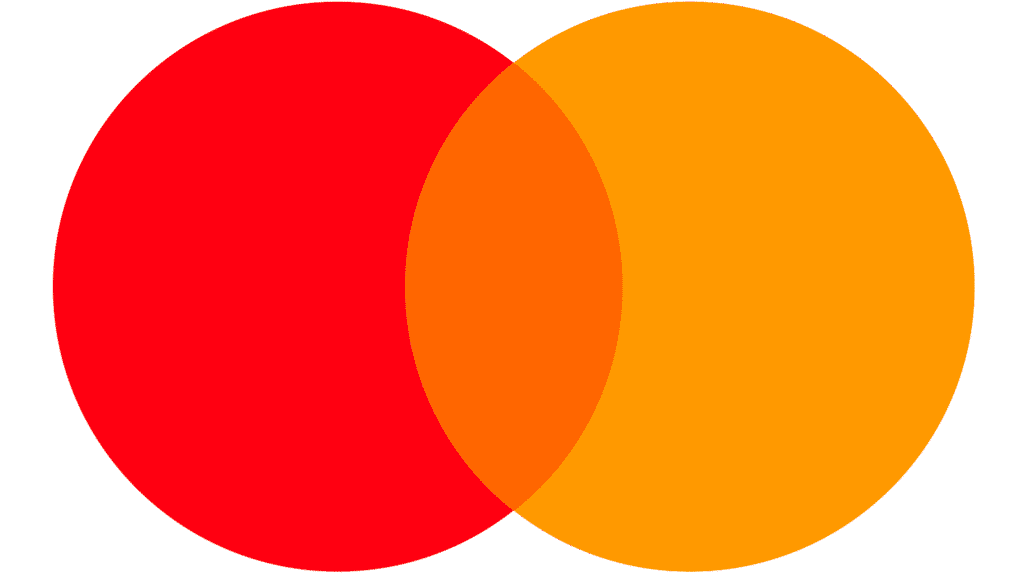
Backstory: Mastercard was founded in 1966 as Interbank Card Association and rebranded as Mastercard in 1979. It grew into one of the world’s leading payment technology companies, enabling secure transactions across credit, debit, and prepaid cards. Known for its iconic “Priceless” campaign, Mastercard has long positioned itself as more than just a payment processor — it’s a brand about experiences.
What they did: Mastercard has embraced innovation and inclusion. It’s also invested in biometric payments, contactless tech, and crypto partnerships. In marketing, Mastercard shifted from its classic “Priceless” ads to multisensory branding — including a sonic logo and even launching a signature scent.
Public reaction: Mastercard’s moves have been widely praised. While some critics raise concerns about fees and data privacy, Mastercard is generally viewed as a progressive, tech-savvy brand committed to social impact and innovation.
16. PayPal
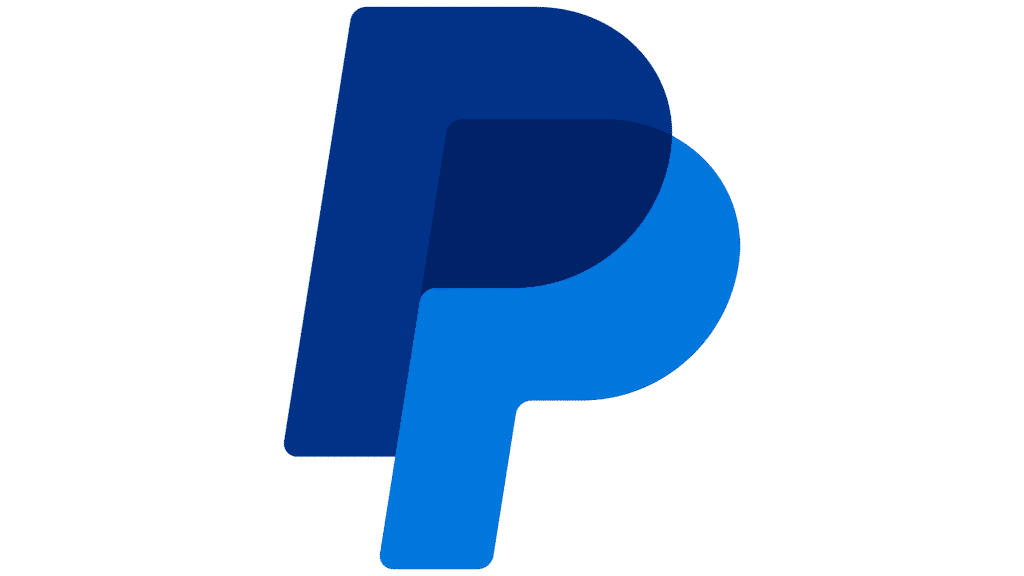
Backstory: PayPal was founded in 1998 as Confinity, later merging with Elon Musk’s X.com and rebranding as PayPal in 2001. It became a pioneer in online payments, offering a secure way to send money digitally. After its acquisition by eBay in 2002 and later spin-off in 2015, PayPal evolved into a global fintech leader, serving over 400 million users across more than 200 markets.
What they did: PayPal has consistently pushed boundaries in digital finance. It expanded into cryptocurrency, allowing users to buy, hold, and sell Bitcoin and other coins directly in the app. It launched PayPal Giving Fund to support charitable donations and introduced Pay in 4, a buy-now-pay-later service. PayPal also acquired companies like Venmo, Honey, and Braintree to broaden its ecosystem and appeal to younger, mobile-first users.
Public reaction: PayPal’s innovations have generally been well received. Its crypto integration was seen as a major step toward mainstream adoption. The Pay in 4 feature gained traction among budget-conscious shoppers. However, the company has faced criticism over account freezes, fees, and perceived lack of transparency in dispute resolution. Despite this, PayPal remains a trusted name in digital payments, known for convenience, security, and global reach.
17. Nestlé
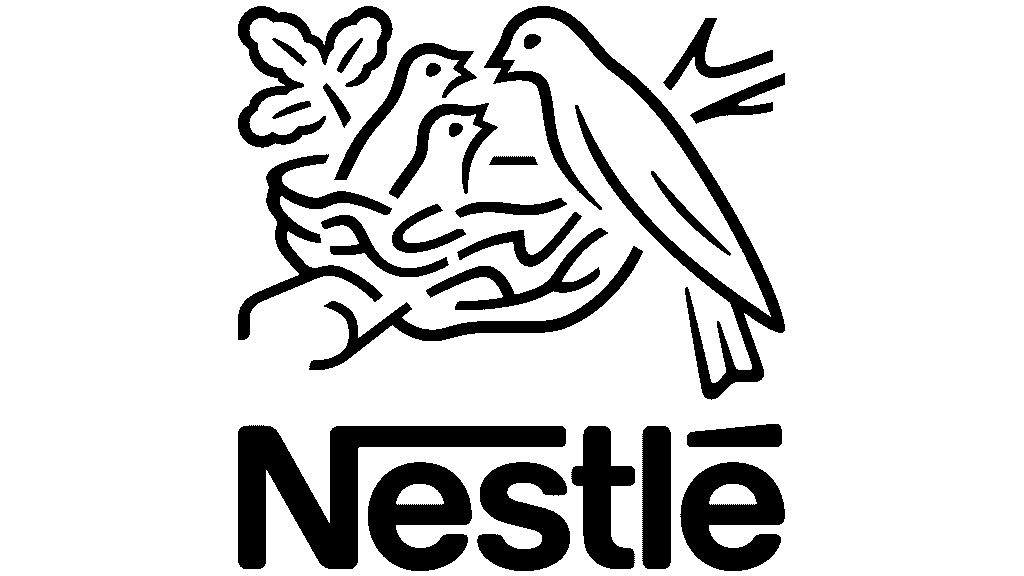
Backstory: Nestlé was founded in 1866 by Henri Nestlé in Switzerland, originally producing infant cereal. Over time, it grew into the world’s largest food and beverage company, with a vast portfolio including brands like Nescafé, KitKat, Maggi, and Purina. Nestlé operates in over 180 countries and touches nearly every category of consumer goods — from bottled water to pet food.
What they did: Nestlé has made major moves in health, sustainability, and innovation. It’s invested in plant-based products like Garden Gourmet and Sweet Earth, aiming to lead in the meat alternatives space. The company pledged to achieve net-zero emissions by 2050 and reduce plastic waste through recyclable packaging. Nestlé also launched initiatives to combat child labor in cocoa supply chains and improve nutrition in developing regions.
Public reaction: Nestlé’s global reach has sparked both admiration and controversy. While many praise its efforts in sustainability and health, critics have challenged its practices around water privatization, infant formula marketing, and ethical sourcing. Campaigns like #BoycottNestlé have gained traction over the years. Despite this, Nestlé remains a dominant force in global food systems, constantly evolving to meet consumer expectations and regulatory pressures.
18. Dior
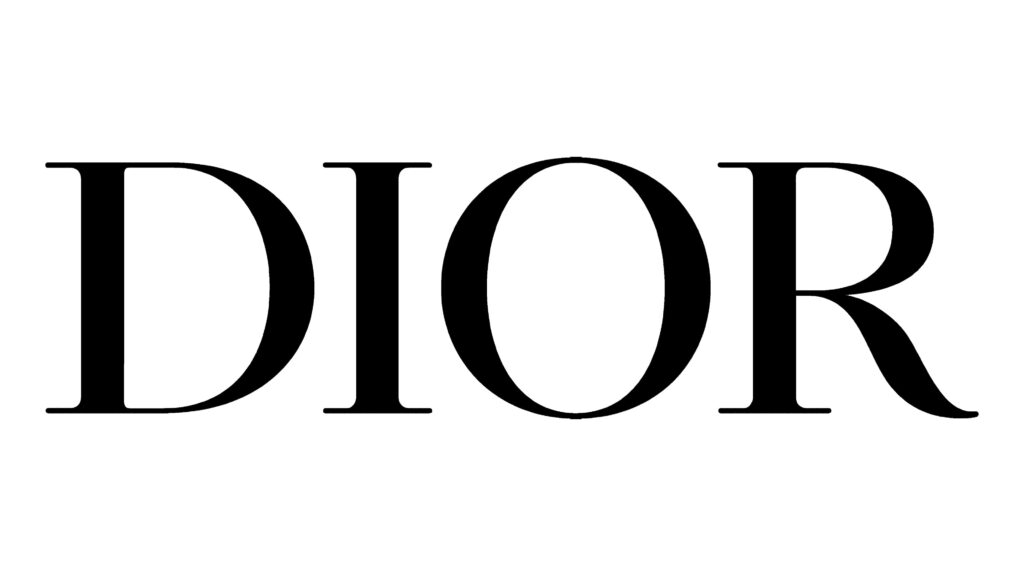
Backstory: Founded in 1946 by French designer Christian Dior, the House of Dior debuted with the revolutionary “New Look” in 1947 — a silhouette that redefined post-war fashion with cinched waists and voluminous skirts. Dior quickly became synonymous with luxury, elegance, and haute couture, expanding into fragrances, accessories, and cosmetics. Today, it’s one of the crown jewels of LVMH.
What they did: Dior has consistently blended tradition with innovation. Under creative directors like John Galliano, Raf Simons, and Maria Grazia Chiuri, the brand has explored bold aesthetics and feminist themes. Chiuri, Dior’s first female creative director, launched campaigns like “We Should All Be Feminists”, inspired by Chimamanda Ngozi Adichie’s essay. Dior also embraced digital fashion shows, immersive AR experiences, and sustainability efforts in its packaging and sourcing.
Public reaction: Dior’s campaigns often spark admiration and debate. The feminist messaging under Chiuri was praised for empowering women, though some critics questioned its commercial motives. Collaborations with artists and influencers have kept the brand culturally relevant, while its couture shows continue to dazzle. Dior remains a symbol of timeless luxury, with a growing reputation for social consciousness and creative risk-taking.
19. Netflix
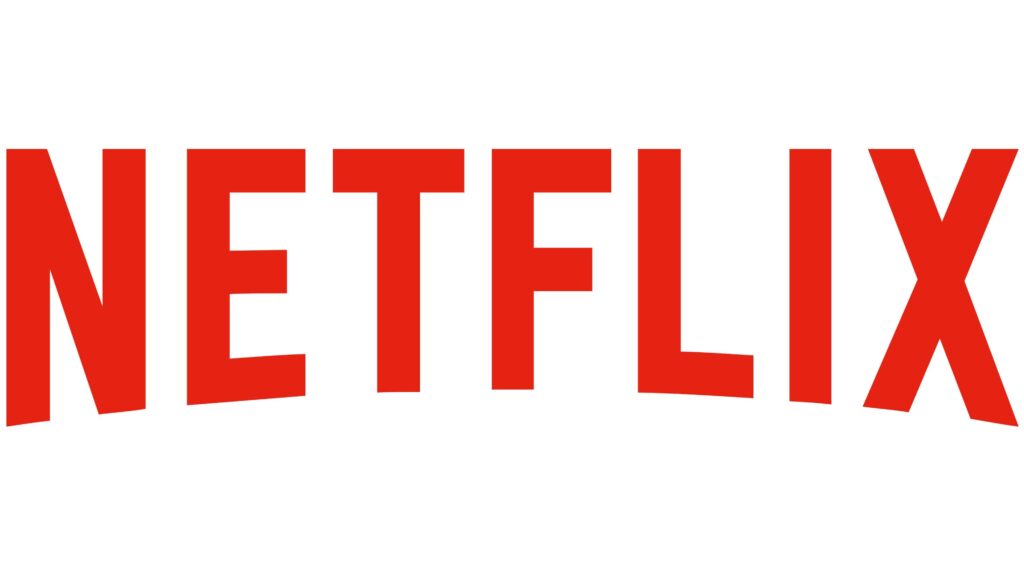
Backstory: Netflix began in 1997 as a DVD rental-by-mail service, founded by Reed Hastings and Marc Randolph. It disrupted traditional video rental models and pivoted to streaming in 2007, forever changing how people consume entertainment. By producing original content starting with House of Cards in 2013, Netflix became a global entertainment powerhouse.
What they did: Netflix pioneered binge-watching culture and global content distribution. It invested heavily in original programming — from Stranger Things and The Crown to international hits like Squid Game and Money Heist. The company also embraced interactive storytelling (Bandersnatch), launched mobile games, and introduced ad-supported plans to reach broader audiences. Netflix has pushed boundaries in diversity, accessibility, and global storytelling, funding creators from dozens of countries.
Public reaction: Netflix’s rise has been met with enthusiasm and scrutiny. Viewers love its convenience, variety, and bold content. Its originals have won Emmys, Oscars, and global fandom. However, price hikes, password-sharing crackdowns, and content removals have sparked backlash. Despite competition from Disney+, Max, and others, Netflix remains a cultural juggernaut — shaping trends, launching careers, and redefining entertainment.
20. Disney
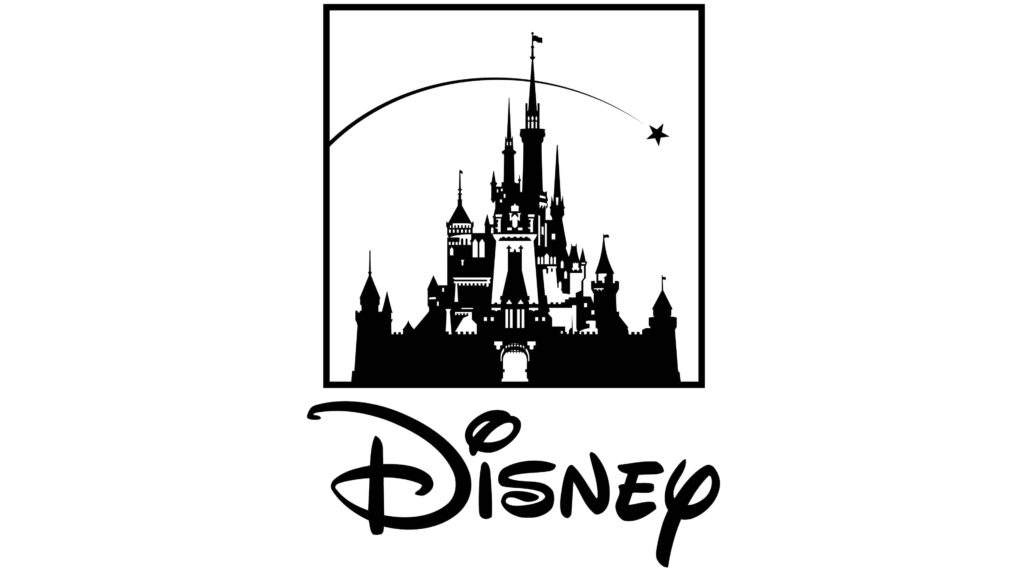
Backstory: Founded in 1923 by Walt and Roy Disney, The Walt Disney Company began as a small animation studio and grew into one of the most powerful entertainment empires in the world. From Steamboat Willie to Snow White, Disney pioneered animated storytelling, later expanding into theme parks, media networks, and global franchises like Star Wars, Marvel, and Pixar.
What they did: Disney has continually reinvented itself. It acquired major studios (Pixar, Marvel, Lucasfilm, 21st Century Fox), launched its own streaming platform (Disney+), and embraced diversity in storytelling — with films like Encanto, Turning Red, and Black Panther. Disney also made headlines for its stance on social issues, including public opposition to Florida’s “Don’t Say Gay” bill and efforts to increase representation across its content and workforce.
Public reaction: Disney’s moves often spark intense public response. Fans celebrate its magical storytelling and nostalgic legacy, while critics challenge its corporate influence, pricing strategies, and political involvement. The launch of Disney+ was a massive success, but controversies over content censorship, labor practices, and cultural representation continue to generate debate. Still, Disney remains a cultural titan — shaping childhoods, pop culture, and global entertainment.
21. Red Bull
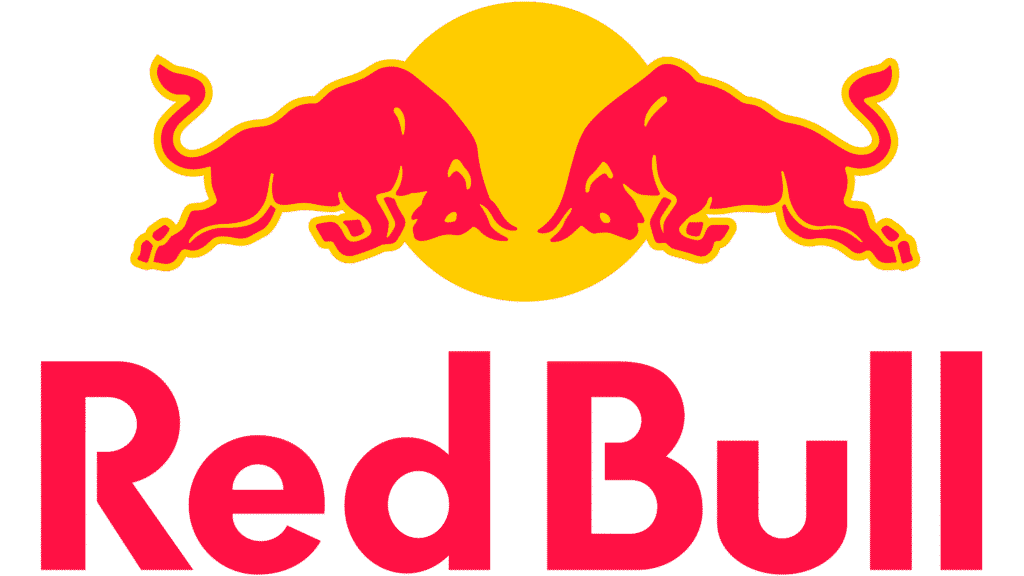
Backstory: Red Bull was founded in 1987 by Austrian entrepreneur Dietrich Mateschitz, inspired by a Thai energy drink called Krating Daeng. He reformulated it for Western tastes and launched it with a bold marketing strategy. Rather than traditional advertising, Red Bull built its brand around extreme sports, youth culture, and the slogan “Red Bull gives you wings.”
What they did: Red Bull didn’t just sell energy drinks — it created a lifestyle. The company sponsors high-adrenaline events like cliff diving, Formula 1 (Red Bull Racing), and air races. It also owns sports teams (e.g., RB Leipzig, Red Bull Salzburg), produces media through Red Bull Media House, and famously funded Felix Baumgartner’s 2012 space jump from the stratosphere. More recently, Red Bull has expanded into gaming, esports, and music festivals.
Public reaction: Red Bull’s unconventional approach has earned massive brand loyalty. Fans admire its commitment to adventure, creativity, and pushing limits. The space jump alone captivated millions and became a PR masterstroke. However, the brand has faced scrutiny over health concerns related to energy drinks and criticism for aggressive marketing. Still, Red Bull remains a cultural icon — more than a beverage, it’s a symbol of high-octane living.
22. Mercedes-Benz
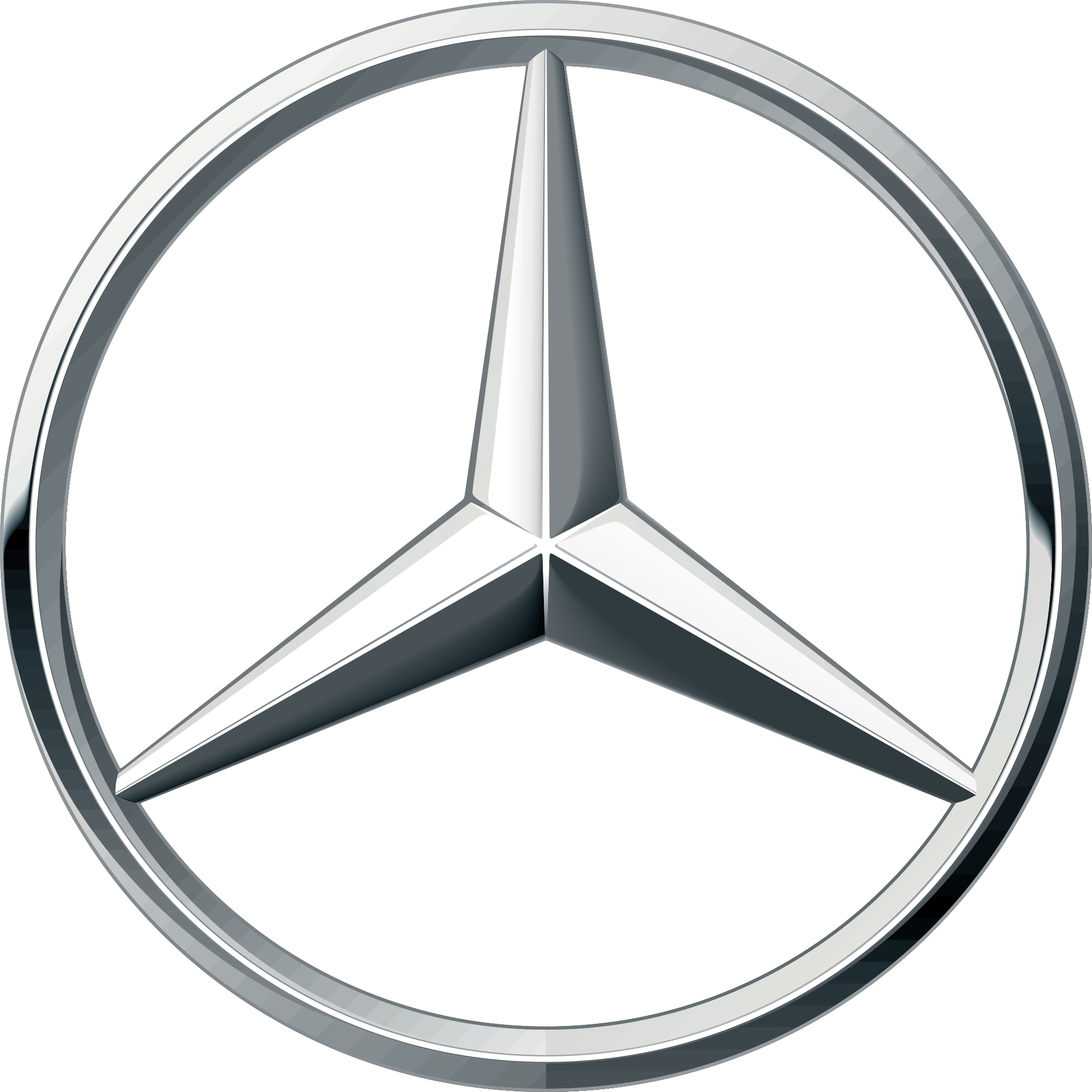
Backstory: Mercedes-Benz traces its roots to Karl Benz’s invention of the first gasoline-powered car in 1886. The brand officially formed in 1926 through the merger of Benz & Cie and Daimler-Motoren-Gesellschaft. Known for engineering excellence, luxury, and innovation, Mercedes-Benz has long been a symbol of prestige in the automotive world.
What they did: Mercedes-Benz has consistently led in automotive technology. It pioneered safety features like ABS and airbags, and more recently, advanced driver-assistance systems. The brand launched its EQ line of electric vehicles, including the EQS and EQE, signaling a major shift toward sustainability. Mercedes also embraced digital transformation with MBUX — an AI-powered infotainment system — and committed to becoming carbon-neutral by 2039.
In marketing, Mercedes blends heritage with modernity, sponsoring Formula 1 (Mercedes-AMG Petronas), collaborating with fashion and tech brands, and producing cinematic ads that highlight emotion and innovation.
Public reaction: Mercedes-Benz is widely admired for its craftsmanship, performance, and luxury. Its electric transition has been praised, though some critics argue it’s slower than rivals like Tesla. The brand’s F1 success has boosted its image among younger audiences, while its sustainability pledges have earned cautious optimism. Overall, Mercedes remains a benchmark for premium automotive excellence.
23. Jeep
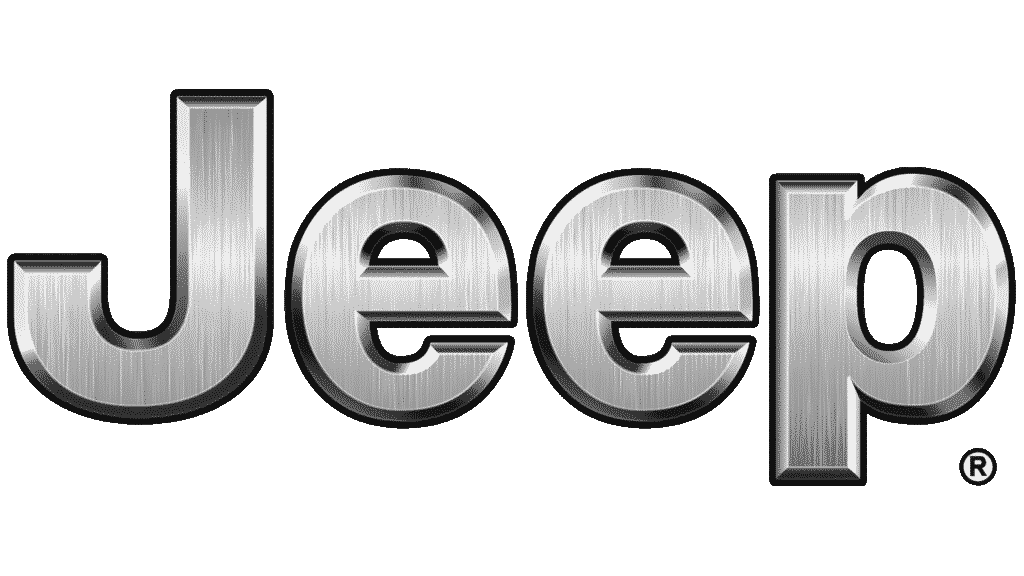
Backstory: Jeep’s origins trace back to World War II, when the U.S. military needed a rugged, all-terrain vehicle. The result was the Willys MB — the original Jeep — which became a symbol of durability and freedom. After the war, Jeep transitioned into civilian life, evolving into a brand synonymous with adventure, off-roading, and American grit.
What they did: Jeep has leaned heavily into its heritage while embracing modern innovation. It launched the Wrangler 4xe, a plug-in hybrid that blends off-road capability with eco-conscious tech. Jeep also expanded its luxury offerings with the Grand Wagoneer, and introduced global models like the Renegade and Compass to appeal to urban drivers. Marketing-wise, Jeep often ties its identity to freedom and exploration — including Super Bowl ads, trail-rated campaigns, and partnerships with outdoor brands.
Public reaction: Jeep enjoys a cult-like following. Enthusiasts praise its off-road prowess, iconic design, and community culture (like the “Jeep wave”). The move toward electrification has been welcomed, though some purists worry about losing the brand’s rugged soul. Jeep’s ads often strike emotional chords, though critics have occasionally called out environmental contradictions. Still, Jeep remains a beloved brand — not just a vehicle, but a lifestyle.
24. H&M
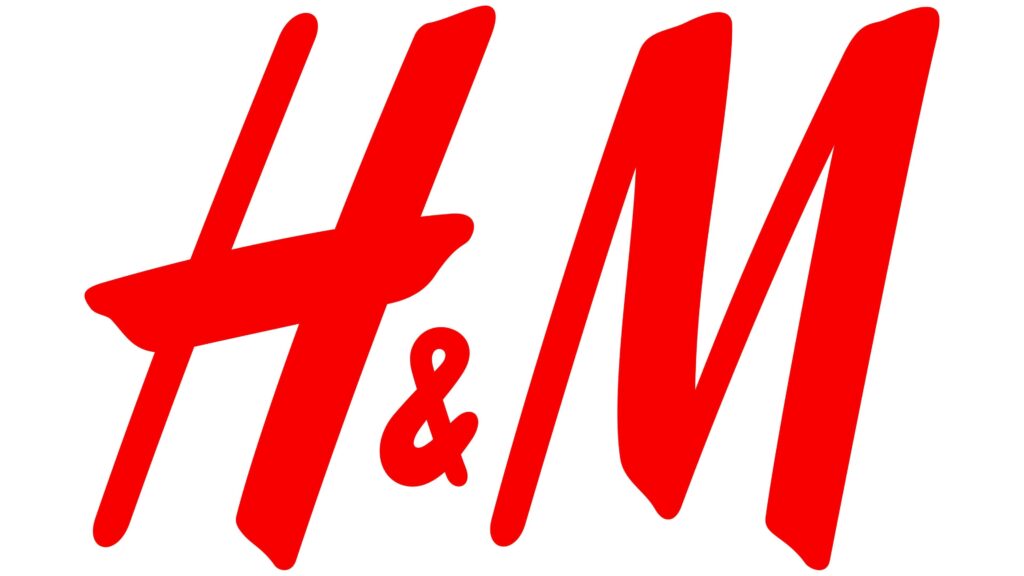
Backstory: H&M (Hennes & Mauritz) was founded in Sweden in 1947, originally selling women’s clothing. It expanded rapidly into menswear, children’s fashion, and accessories, becoming one of the world’s largest fast-fashion retailers. Known for trendy styles at affordable prices, H&M built its empire on speed, scale, and global accessibility.
What they did: H&M has made major moves in sustainability and digital transformation. It launched Conscious Collection using recycled and organic materials, introduced garment recycling bins in stores, and pledged to become climate positive by 2040. On the tech side, H&M invested in AI-driven inventory management, virtual fitting rooms, and secondhand platforms like H&M Rewear. Collaborations with designers like Karl Lagerfeld, Balmain, and Moschino brought high fashion to the masses.
Public reaction: H&M’s efforts have drawn mixed responses. Fans love its affordability, style variety, and designer collabs. Sustainability initiatives are welcomed, though critics argue fast fashion’s core model is inherently unsustainable. The brand has also faced backlash over cultural missteps and labor practices, prompting calls for deeper reform. Still, H&M remains a global fashion force — balancing mass appeal with evolving values.
25. Puma

Backstory: Puma was founded in 1948 by Rudolf Dassler, after a split with his brother Adolf Dassler, who went on to create Adidas. Born out of rivalry, Puma quickly carved its own identity in sportswear, becoming known for innovation, speed, and style. From Olympic sprinters to streetwear icons, Puma has always blended athletic performance with cultural relevance.
What they did: Puma has made bold moves in both sport and fashion. It partnered with athletes like Usain Bolt and Neymar Jr., and collaborated with celebrities and designers such as Rihanna, Dua Lipa, and Maison Kitsuné. Rihanna’s Fenty x Puma line redefined sporty luxury, while Puma’s sustainability initiatives — like using recycled materials and reducing carbon emissions — reflect its evolving values. The brand also embraced esports, gender-neutral collections, and digital campaigns targeting Gen Z.
Public reaction: Puma’s comeback in the fashion world has been widely praised. Collaborations with pop culture figures helped it regain cool-factor and market share. Its sustainability efforts are seen as steps in the right direction, though some critics call for deeper transparency. Overall, Puma is viewed as a dynamic brand — sporty, stylish, and socially aware — with a strong pulse on youth culture.
26. TikTok

Backstory: TikTok was launched internationally in 2018 by Chinese tech company ByteDance, following the merger of its original app Musical.ly. It quickly exploded in popularity, especially among Gen Z, thanks to its short-form video format, viral challenges, and powerful recommendation algorithm. TikTok reshaped digital culture, giving rise to new creators, trends, and even careers.
What they did: TikTok has continually evolved beyond lip-syncs and dance videos. It introduced features like TikTok LIVE, TikTok Shop, and Creator Fund to support monetization. The platform expanded into education, activism, and commerce, becoming a hub for everything from cooking tutorials to political commentary. TikTok also launched TikTok Music and tested long-form content to compete with YouTube. Its algorithm remains one of the most influential forces in shaping online behavior.
Public reaction: TikTok’s rise has been met with fascination and concern. Users love its addictive feed, creative tools, and global reach. It’s credited with democratizing content creation and launching viral phenomena. However, critics raise issues around data privacy, mental health, misinformation, and its ties to China. Governments have debated bans and regulations, while creators continue to flock to the platform for fame and income. TikTok remains a cultural juggernaut — disruptive, controversial, and wildly engaging.
27. YouTube
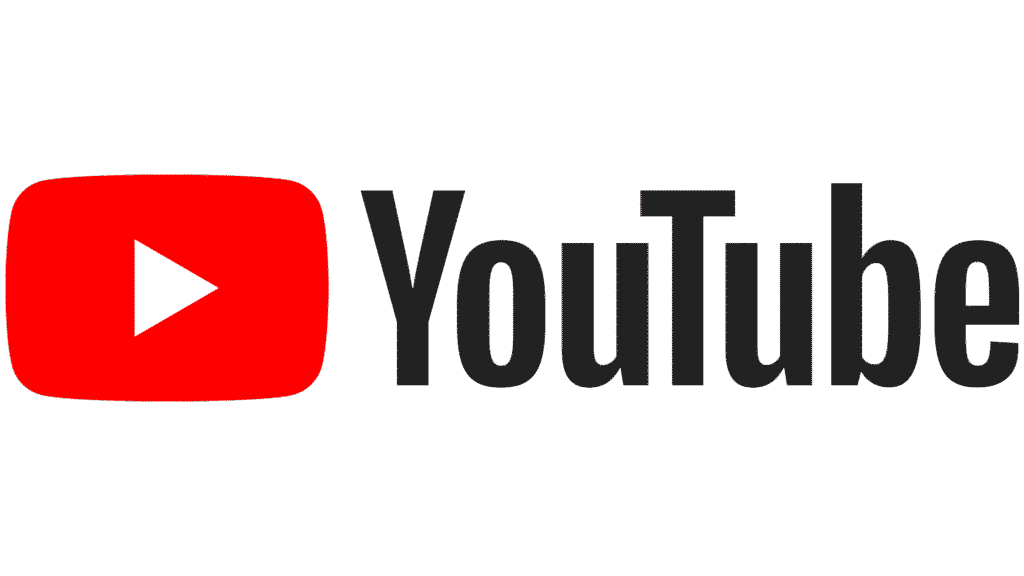
Backstory: YouTube was founded in 2005 by Steve Chen, Chad Hurley, and Jawed Karim as a platform for sharing videos online. Its first video, “Me at the zoo,” marked the beginning of a new era in digital content. Google acquired YouTube in 2006, transforming it into the world’s largest video-sharing platform and a cornerstone of internet culture.
What they did: YouTube evolved from a simple hosting site into a global media ecosystem. It launched monetization through the Partner Program, enabling creators to earn revenue. Features like YouTube Shorts, YouTube Music, YouTube Premium, and Live Streaming expanded its reach. YouTube also invested in AI moderation, educational content, and creator support tools. It became a launchpad for influencers, musicians, educators, and activists.
Public reaction: YouTube is both beloved and scrutinized. Viewers appreciate its accessibility, diversity of content, and creator empowerment. Viral videos and tutorials have shaped everything from pop culture to politics. However, the platform faces criticism over algorithmic bias, misinformation, demonetization policies, and content moderation. Despite these challenges, YouTube remains a dominant force — a digital stage where anyone can perform, teach, or speak to the world.
28. Instagram

Backstory: Instagram was launched in 2010 by Kevin Systrom and Mike Krieger as a photo-sharing app with built-in filters. It quickly gained traction for its simplicity and visual appeal. Facebook acquired Instagram in 2012, transforming it into a global social media powerhouse. Over time, Instagram evolved from a photo diary into a platform for influencers, brands, activism, and commerce.
What they did: Instagram has continually expanded its features to stay ahead of digital trends. It introduced Stories to compete with Snapchat, Reels to rival TikTok, and Shopping tools to support e-commerce. It also rolled out Close Friends, Live, and Broadcast Channels to deepen engagement. Instagram invested in creator monetization, added parental controls, and experimented with hiding likes to reduce social pressure. The platform has become a hub for fashion, fitness, travel, and social movements.
Public reaction: Instagram is both adored and critiqued. Users love its aesthetic focus, creative tools, and community-building potential. It’s credited with launching influencer culture and democratizing visual storytelling. However, concerns persist around mental health, body image, algorithmic bias, and data privacy. Despite these challenges, Instagram remains one of the most influential platforms — shaping trends, identities, and how we connect online.
29. Google

Backstory: Google was founded in 1998 by Larry Page and Sergey Brin while they were PhD students at Stanford University. What started as a search engine with a groundbreaking PageRank algorithm quickly evolved into one of the most influential technology companies in the world. As the flagship subsidiary of Alphabet Inc., Google now operates across a wide spectrum of industries, including search, advertising, cloud computing, hardware, and artificial intelligence.
What they did: Over the years, Google has launched and acquired a vast array of products and services. It dominates global search and online advertising through Google Search and Google Ads, powers billions of devices with the Android operating system and Chrome browser, and invests heavily in cloud infrastructure and AI tools like Bard and Gemini. On the consumer side, Google offers hardware such as Pixel smartphones, Nest smart home devices, and Fitbit wearables. Through its innovation lab X, Google explores ambitious projects like Waymo’s self-driving cars and Project Loon’s balloon-powered internet.
The company has also made significant commitments to sustainability, pledging to operate entirely on carbon-free energy by 2030. It supports digital education, accessibility, and open-source development, reinforcing its role as a global enabler of technology and information.
Public reaction to Google is a mix of admiration and scrutiny. Its tools, ranging from Gmail and Google Maps to Translate and Docs, are deeply embedded in everyday life and widely appreciated for their utility and simplicity. At the same time, Google faces criticism over privacy practices, data collection, monopolistic behavior, and the ethical implications of its AI development. Antitrust investigations and debates around content moderation have intensified in recent years, yet Google remains a cornerstone of the internet, shaping how people search, learn, work, and connect across the globe.
30. Samsung

Backstory:
Samsung was founded in 1938 in South Korea by Lee Byung-chul as a trading company. Over the decades, it evolved into a global conglomerate, with its electronics division, Samsung Electronics, becoming the crown jewel. Today, Samsung is one of the world’s largest producers of smartphones, semiconductors, TVs, and home appliances, and a key player in shaping the future of technology.
What they did:
Samsung has consistently pushed boundaries in innovation. It introduced the Galaxy smartphone series, pioneering large-screen devices and foldable phones like the Galaxy Z Fold and Z Flip. The company leads in display technology with its AMOLED and QLED screens, and dominates the semiconductor industry with advanced chips and memory solutions. Samsung also invests heavily in AI, 5G, and sustainability, aiming to achieve net-zero carbon emissions by 2050. Its marketing blends sleek design with aspirational messaging, often positioning itself as a bold alternative to Apple.
Public reaction:
Public reaction to Samsung is largely positive. Consumers praise its cutting-edge devices, wide product range, and commitment to innovation. Its foldable phones have sparked excitement, while its leadership in chip manufacturing earns respect across industries. However, Samsung has faced criticism over software bloat, repairability, and labor practices in its supply chain. Despite these challenges, Samsung remains a tech titan — admired for its ambition, scale, and relentless drive to lead.
31. KFC
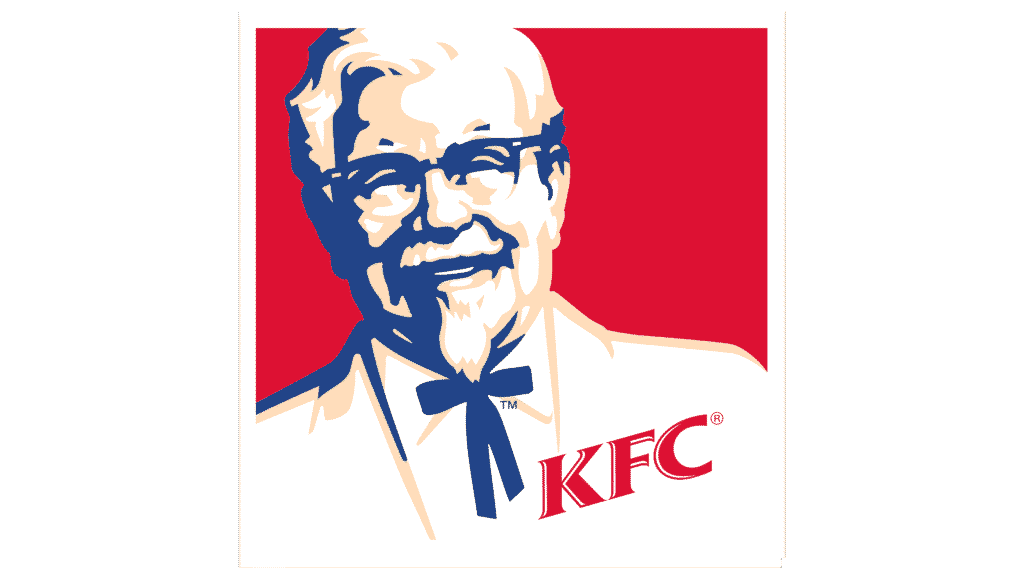
Backstory: KFC (Kentucky Fried Chicken) was founded in 1930 by Colonel Harland Sanders, who began selling fried chicken from a roadside restaurant in Corbin, Kentucky. His secret blend of 11 herbs and spices became legendary, and by the 1950s, KFC was one of the first fast-food chains to franchise globally. Today, it’s a flagship brand of Yum! Brands and operates in over 150 countries.
What they did: KFC has continually adapted to changing tastes and markets. It introduced localized menus — from rice bowls in Asia to vegetarian options in Europe — and embraced digital ordering, delivery apps, and AI-powered drive-thrus. The brand has also leaned into bold marketing, using quirky campaigns, celebrity “Colonels” and viral stunts to stay culturally relevant. In recent years, KFC has made efforts toward sustainability, including reducing plastic use and sourcing chicken more responsibly.
Public reaction: KFC enjoys widespread popularity for its comfort food appeal and global accessibility. Fans praise its crispy chicken and nostalgic branding, while critics raise concerns about health, labor practices, and environmental impact. Its marketing is often seen as clever and humorous, though occasionally controversial. Despite challenges, KFC remains a dominant force in fast food — blending tradition with reinvention to satisfy generations of fried chicken lovers.
32. Viber
Backstory: Viber was founded in 2010 by Israeli entrepreneurs Talmon Marco and Igor Magazinnik as a free voice-calling app for smartphones. Initially launched for iPhone, it quickly expanded to other platforms and gained popularity for its high-quality VoIP calls and messaging features. In 2014, Viber was acquired by Japanese company Rakuten, positioning it as a global competitor in the messaging app market.
What they did: Viber evolved from a simple calling app into a full-featured communication platform. It introduced free text messaging, group chats, stickers, video calls, and end-to-end encryption. Viber also launched Communities — large-scale group chats with unlimited members — and Channels for broadcasting content. The app supports business messaging, chatbots, and e-commerce integrations, making it useful for brands and creators. Viber has focused on privacy, offering disappearing messages and encrypted backups, and has tailored features for specific regions, especially in Eastern Europe, the Middle East, and Southeast Asia.
Public reaction: Viber is appreciated for its user-friendly interface, strong privacy stance, and reliable communication tools. It’s especially popular in countries like Ukraine, Belarus, and the Philippines, where it competes with WhatsApp and Telegram. Users value its free services and localized content, though some criticize its limited customization and occasional performance issues. Overall, Viber remains a trusted app for personal and business communication, with a loyal user base and a focus on secure, global connectivity.
33. Warner Bros
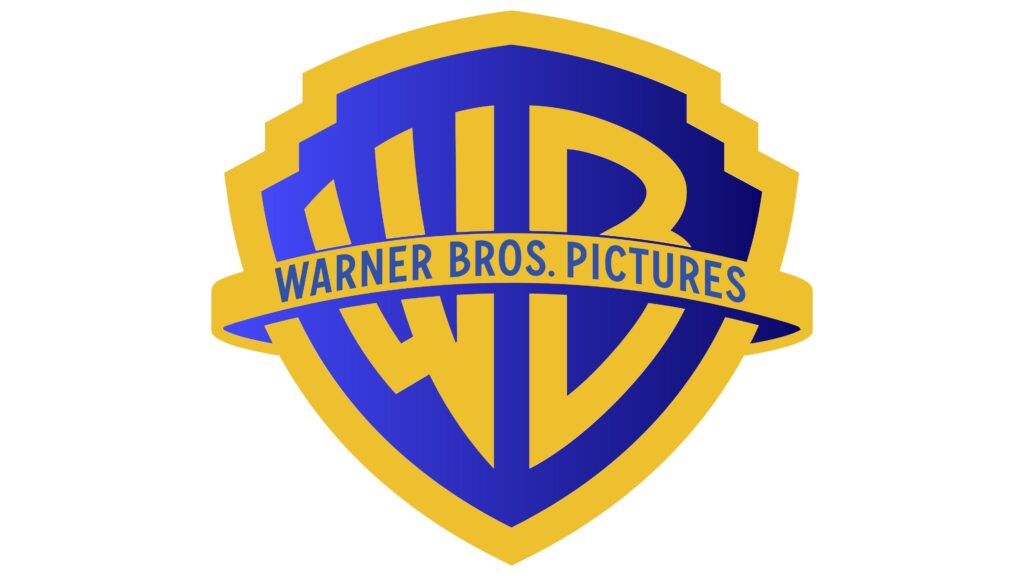
Backstory: Warner Bros was founded in 1923 by four brothers — Harry, Albert, Sam, and Jack Warner — and quickly became a pioneering force in Hollywood. It introduced sound to cinema with The Jazz Singer in 1927 and went on to produce iconic films across genres. Over the decades, Warner Bros built a vast entertainment empire, encompassing film, television, animation, and video games. Today, it operates under Warner Bros. Discovery, following a major merger in 2022.
What they did: Warner Bros has shaped global entertainment through legendary franchises like Harry Potter, DC Comics, The Matrix, and Looney Tunes. It’s home to HBO, Cartoon Network, and Warner Bros. Games, and has embraced streaming with platforms like Max (formerly HBO Max). The studio has invested in cinematic universes, reboot strategies, and cross-platform storytelling. It also made headlines for releasing films simultaneously in theaters and on streaming during the pandemic, sparking industry-wide debate.
Public reaction: Warner Bros is admired for its rich legacy and cultural impact. Fans celebrate its storytelling, characters, and creative risks. However, the company has faced criticism over executive decisions, content cancellations, and shifting strategies — especially following the merger with Discovery. Moves like shelving completed films and restructuring DC’s cinematic universe have stirred controversy. Still, Warner Bros remains a cornerstone of entertainment, balancing nostalgia with reinvention in a rapidly evolving media landscape.
34. Pinterest
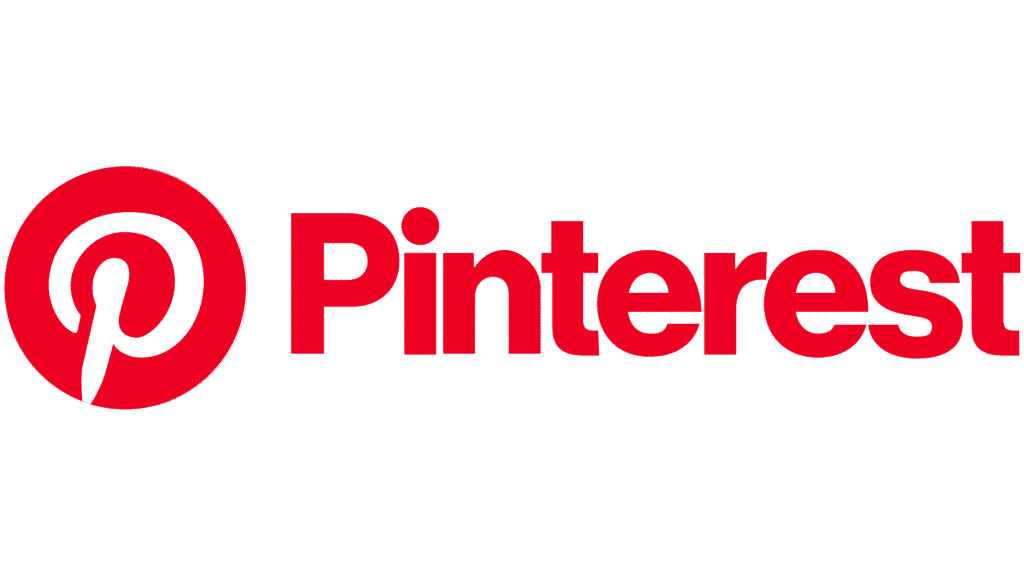
Backstory Pinterest was launched in 2010 by Ben Silbermann, Paul Sciarra, and Evan Sharp as a visual discovery platform where users could «pin» images to themed boards. Originally focused on hobbies and inspiration, Pinterest quickly grew into a global hub for ideas related to fashion, home decor, recipes, travel, and DIY projects. Its unique blend of search, curation, and creativity set it apart from traditional social media.
What they did: Over the years, Pinterest expanded its features to enhance user experience and commercial potential. It introduced Idea Pins, Shopping integrations, and Visual Search tools that allow users to find products directly from images. The platform invested in AI to improve recommendations and launched inclusive features like skin tone filters and body type representation. Pinterest also focused on mental well-being, promoting positive content and reducing toxic engagement metrics like follower counts and public comments.
Public reaction: Pinterest is widely appreciated for its calm, creative atmosphere and utility as a planning tool. Users value its focus on inspiration over interaction, making it a favorite for personal projects and lifestyle exploration. Brands and creators use it to drive traffic and sales, while educators and activists leverage it for visual storytelling. However, Pinterest has faced challenges with content moderation, algorithmic bias, and competition from more interactive platforms. Still, it remains a beloved space for visual discovery — thoughtful, aspirational, and quietly influential.
35. Lilulines
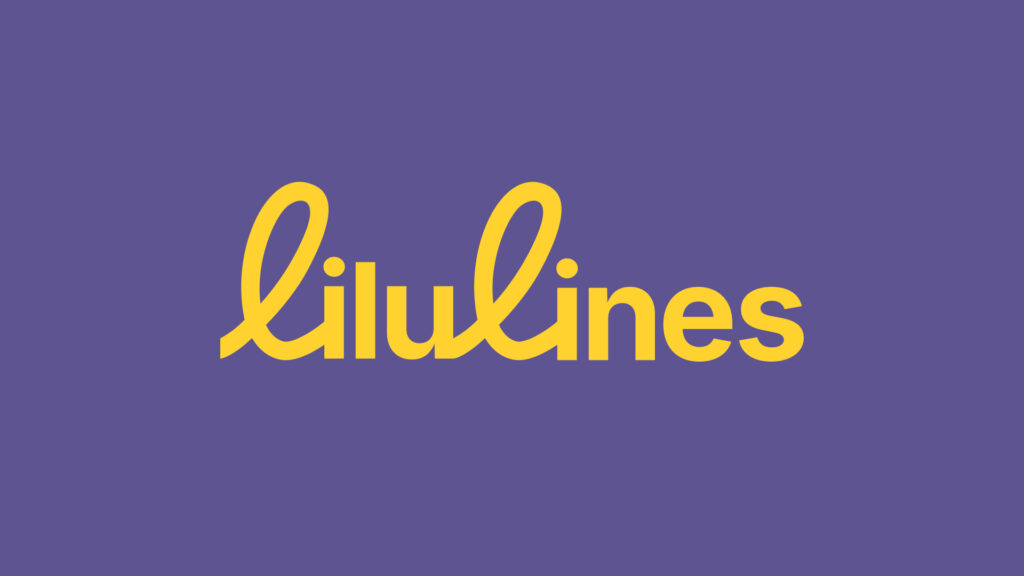
Backstory: Gymnastics is often seen as an individual sport — one that demands solitude, inner strength, and personal motivation. Athletes must confront their own fears and push themselves toward excellence. Yet within this solitary journey, there are moments of connection, synergy, and shared spirit. These moments are captured in the group poses gymnasts create for photos — a visual kaleidoscope that symbolizes unity and community. This image lies at the heart of Lilulines, a brand that produces gymnastics clothing and accessories with a mission to be a constant companion and source of support for every gymnast.
What they did: Lilulines celebrates both individuality and togetherness. Its logo, composed of many intersecting lines, reflects the diversity of gymnasts while highlighting their shared passion for the sport. The brand fosters a sense of belonging, encouraging team spirit and creating an atmosphere where every athlete feels part of something greater. Built on the insight, “I just want unconditional support because it inspires me to move forward,” Lilulines offers that very support — freely, without conditions or expectations, simply because every gymnast deserves it.
Public reaction: Lilulines is embraced as a true soulmate by gymnasts. In a discipline where emotional resilience and self-belief are essential, the brand provides a comforting presence — closer than a coach, more intuitive than a parent. It understands the silent battles athletes face and offers encouragement even when no one else sees the struggle. Lilulines speaks directly to the heart of every gymnast: you are not alone. You are strong. You are inspiring. And we are here for you.
Each brand in this collection tells a story of ambition, reinvention, connection, and impact. From tech giants reshaping how we live and communicate, to fashion labels redefining identity and self-expression, to platforms that foster creativity and community — these 35 brands reflect the pulse of our time. They are not just market players, but cultural forces that influence how we think, feel, and interact with the world around us.
A key element that sets each of these brands apart is their logo — a visual signature that encapsulates their identity, values, and vision. Whether minimalist or bold, symbolic or abstract, every logo is designed to distinguish the brand from its competitors and leave a lasting impression. These emblems are more than just design; they are emotional cues, instantly recognizable and deeply connected to the brand’s story.
Together, these brands reveal a landscape where innovation meets emotion, and where business is inseparable from values, voice, and visual identity. Whether through bold campaigns, thoughtful design, or meaningful missions, they continue to shape the future — one experience, one message, one symbol at a time.


